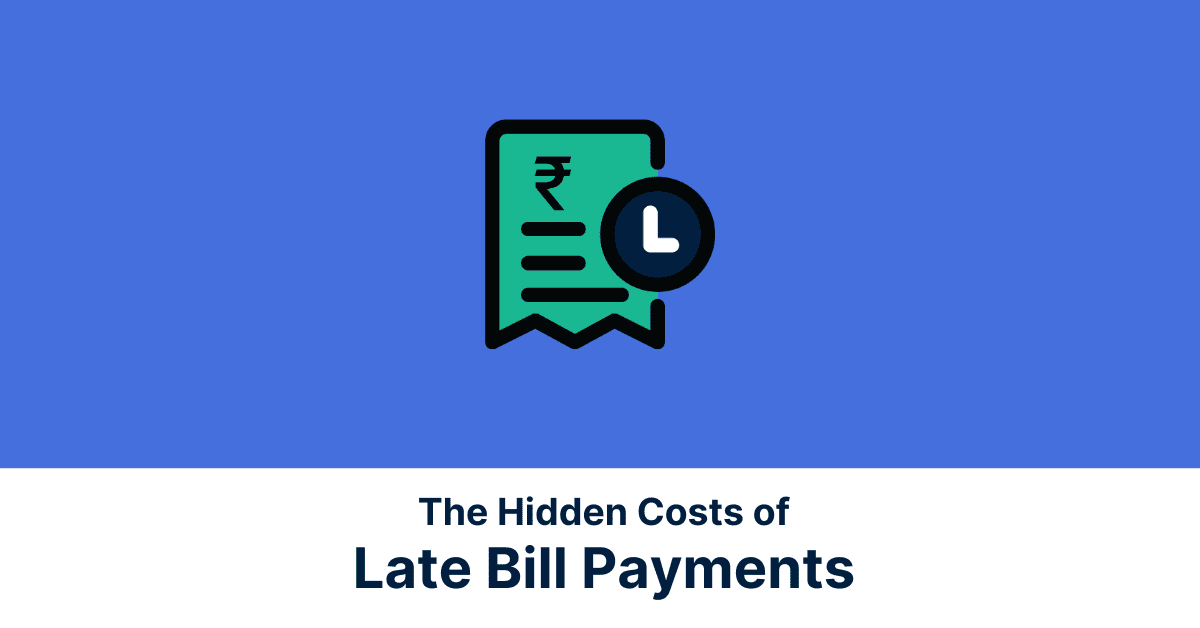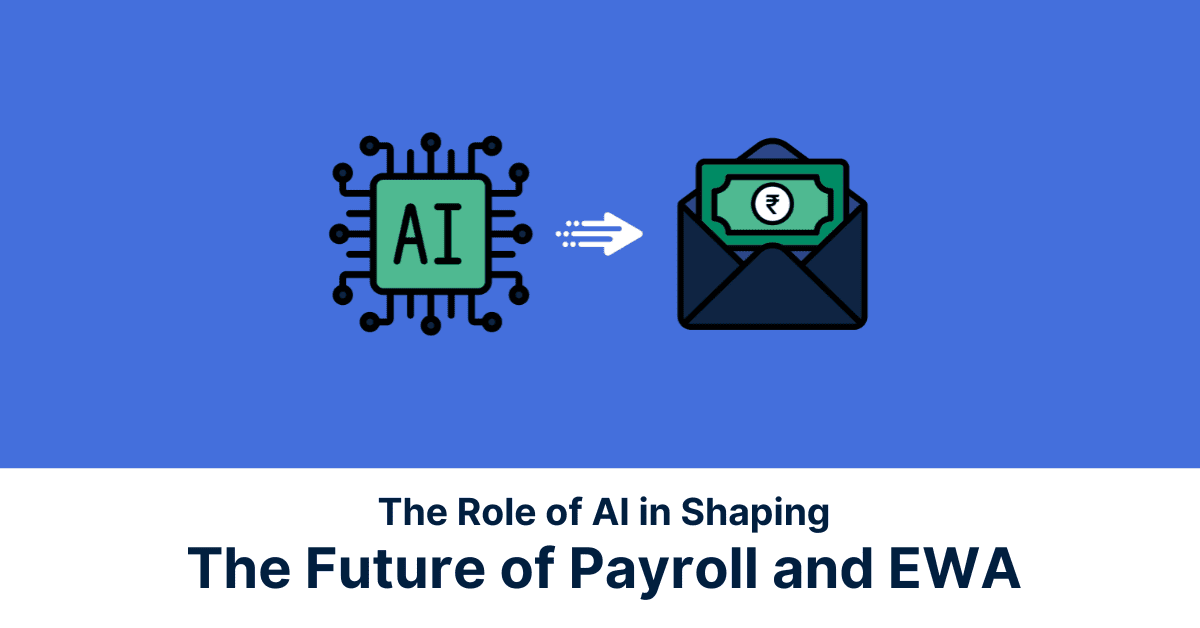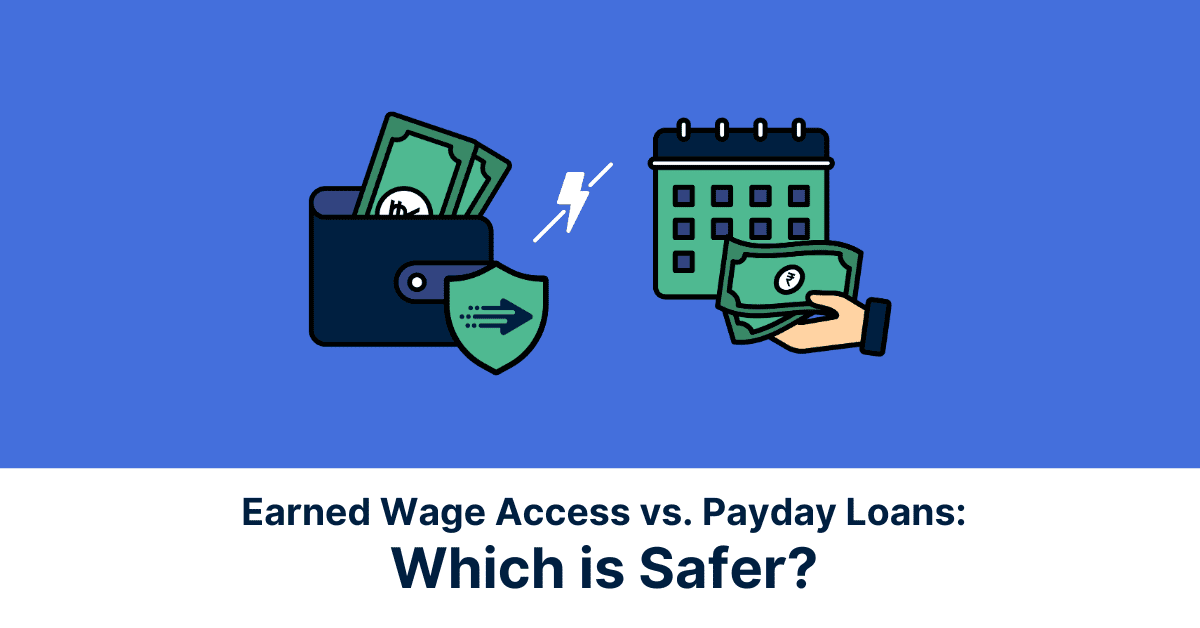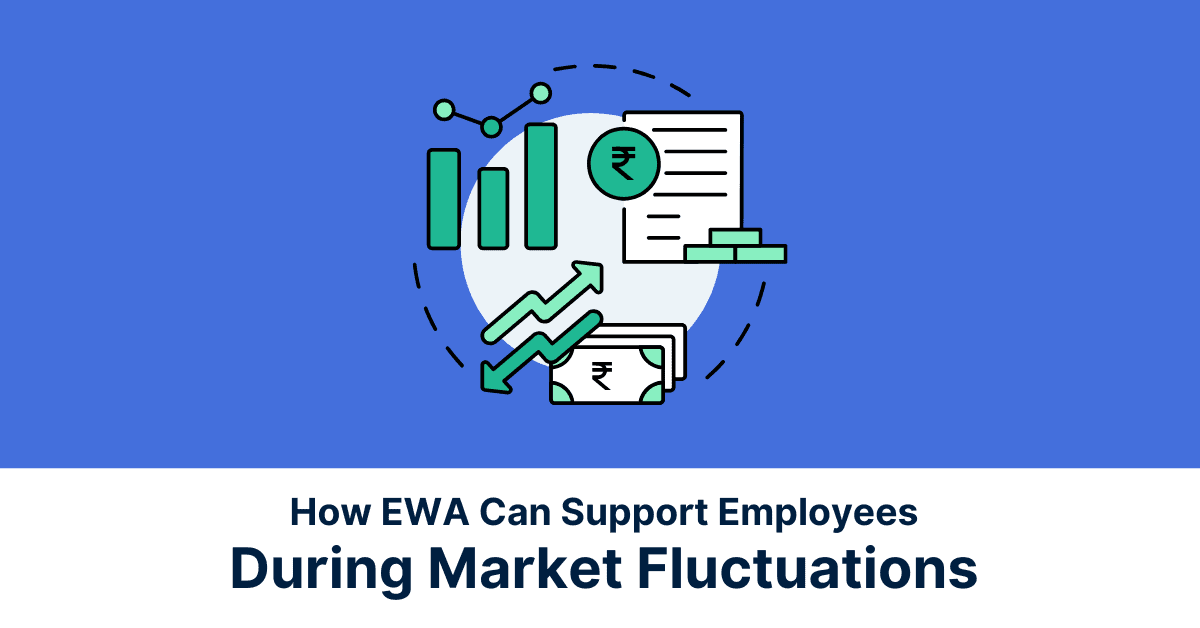Let’s be honest, saving money these days can feel like a real challenge, especially when the essentials eat up most of your paycheck. And you’re not alone. According to the Reserve Bank of India, net household financial savings in FY24 stood at just 5.3% of GDP, a slight recovery from the 47-year low of 5% in FY23, but still a far cry from the pandemic peak of 51.7%.
This dip highlights how tough it’s become for many to put money aside. But here’s the good news, saving more doesn’t have to mean sacrificing the things you truly need. With a few smart shifts in how you manage your money, you can find practical ways to save money without feeling the pinch. Let’s dive into money-saving tips and methods of savings that actually make a difference.
Know Where Your Money Goes
To start saving more without cutting essentials, begin by understanding your spending habits through these two key steps:
Use Budgeting Apps to Track Expenses
One of the most effective methods of savings is understanding exactly where your money goes. Budgeting tools, easily available on most app stores can help you do just that by offering a clear, organised view of your daily, weekly, and monthly expenses. These apps automatically sort your spending into categories like groceries, transport, or entertainment, making it easier to spot patterns and areas where you might be overspending.
Many of them come with visual dashboards and smart alerts to help you stay on top of your budget without the stress of manual tracking. Once you start using these tools consistently, you’ll find yourself making more mindful financial choices just by being more aware. It’s a simple yet powerful way to save money without cutting down on the things you enjoy.
Review Fixed and Variable Expenses
To gain better control over your finances, it’s important to understand the difference between fixed and variable expenses. Fixed expenses include things like rent, EMIs, insurance premiums, or school fees; these are non-negotiable and usually consistent each month. Variable expenses, on the other hand, include things like dining out, entertainment, online subscriptions, and shopping.
These are flexible and often where overspending occurs without much thought. By reviewing both types regularly, you can spot which flexible expenses can be adjusted without touching your essentials. For example, cutting down on a few streaming services or limiting takeout meals can free up extra cash each month; money-saving tips like these add up over time and help you build sustainable savings even for retirement.
Set a Budget You Can Stick To
To effectively take charge of your financial future and build consistent savings, let’s look at a few strategies:
Set a Budget You Can Stick To
A solid budget gives your money purpose and direction. One proven method of savings is the 50-30-20 rule, set aside 50% of your income for needs like rent, bills, and groceries; 30% for wants like entertainment or shopping; and 20% for savings and debt repayments. In addition to this, make it a habit to fix a monthly savings goal. Transfer a specific percentage of your income into a savings account right after payday. This ensures you’re saving first, not just what’s left over. These simple steps help build consistent, stress-free savings.
Fix a Monthly Savings Goal
One of the smartest money-saving tips is to treat your savings like a fixed expense. As soon as your salary comes in, set aside a specific percentage whether it’s 10%, 15%, or 20%, before you start spending. This “pay yourself first” approach ensures that savings become a habit, not an afterthought. Automating this process through your bank can make it even easier. Over time, this small shift builds financial discipline and helps grow your savings without feeling like a burden.
Save While You Shop
Buy During Discounts and Sales
One of the easiest ways to save money is by timing your purchases around big sales. Online platforms like e-commerce platforms frequently offer massive discounts during festive seasons, end-of-season clearances, or special sale days like the Great Indian Festival or Big Billion Days. Instead of buying things on impulse, plan your shopping around these events. Make a wish list of items you need; be it electronics, clothing, or even home essentials and wait for the right sale to grab them at a lower price.
You can often score great deals, bundled offers, or additional discounts with bank cards. This approach ensures you still get what you want or need but at a fraction of the price. By being strategic about your shopping habits, you not only reduce spending but also turn routine purchases into meaningful savings examples that don’t cut into your essentials.
Use Cashback & Rewards Apps
Cashback and rewards apps are a clever method of savings that lets you earn money while spending it. These platforms partner with popular retailers and service providers to offer cashback or reward points when you shop through them. Whether you’re ordering food, booking travel, or shopping online, all you need to do is access the brand’s site or app via the cashback platform.
After your purchase, a percentage of the amount spent is returned to you either as wallet credit or points that can be redeemed later. Some apps even reward you for paying utility bills or recharges. It’s a simple way to make your spending work for you. Over time, these small returns add up, giving you extra value at no additional cost. So, whether you’re stocking up on groceries or planning a vacation, using these tools is one of the smartest money-saving tips around.
Cut Monthly Bills Without Sacrificing Comfort
Switch to Combo or Prepaid Plans
Monthly phone, internet, and streaming bills can quietly eat into your budget, but switching to combo or prepaid plans is one of the easiest ways to save money without giving up comfort. Many service providers offer bundled packages that combine mobile data, calls, broadband, and OTT subscriptions at a lower rate than paying for them individually.
Prepaid plans, in particular, help you control usage and avoid bill shocks at the end of the month. You get the same services but with better visibility and control over your spending. It’s a practical, low-effort change that aligns with smart money-saving tips. Just compare available options based on your usage and switch to what fits your lifestyle without overspending.
Use Energy-Efficient Devices
High electricity bills often come from outdated or power-hungry appliances. Swapping them for energy-efficient alternatives is a one-time investment that results in long-term savings. Look for devices with energy ratings or certifications that consume less power, such as LED bulbs, inverter ACs, and energy-saving refrigerators are great places to start.
These not only reduce your monthly electricity costs but also have a lower environmental impact. Even small changes like using a microwave over a gas stove for reheating, or unplugging devices when not in use, can help control expenses. By making your home smarter and more efficient, you’re not sacrificing comfort; you’re just being more mindful of how energy is used, which in turn supports your methods of savings.
Cook More, Eat Out Less
Plan Weekly Meals
Meal planning is a powerful money-saving tip that also helps you eat healthier and waste less. Set aside time each week to plan your meals, make a grocery list, and batch cook whenever possible. Cooking in batches such as, prepping curries, chopping veggies, or boiling lentils in advance, saves both time and energy through the week.
This not only prevents last-minute takeout temptations but also reduces food waste, as you buy only what you need. Stick to a weekly plan, and you’ll notice how your grocery runs become more efficient and your spending more controlled. It’s one of those simple ways to save money that doesn’t require big lifestyle changes but delivers consistent results.
Shop from Local Markets and in Bulk
Buying in bulk and shopping from local kirana stores or wholesale retail chains can significantly reduce your grocery bills. Essentials like grains, pulses, spices, and cleaning supplies are often cheaper when bought in larger quantities—and they last longer, too. Local markets also tend to offer fresh produce at better prices than supermarkets.
You can even bargain or get small freebies, especially if you’re a regular customer. Bulk shopping means fewer trips to the store, reduced temptation for impulse buys, and more control over pantry management. This practical approach to shopping is a great method of savings that doesn’t compromise quality or convenience. Over time, it makes a noticeable difference in your monthly expenses.
Save on Travel and Transport
Use Metro, Train, or Carpool
Daily commutes can quietly drain your budget, but switching to public transport or shared travel options is a smart way to save money. Metros or buses are not only cost-effective but also reduce fuel expenses, parking fees, and wear-and-tear on personal vehicles. In cities where these aren’t feasible, carpooling with colleagues or neighbors can be a great alternative.
You split fuel costs and sometimes even alternate driving responsibilities, which makes daily travel less exhausting and more economical. Beyond just financial savings, these options also help reduce your carbon footprint. Incorporating such methods of savings into your routine can free up a significant amount of money over the month, without compromising your ability to get where you need to go.
Maintain Your Vehicle
If you rely on a personal vehicle, regular maintenance is essential to avoid costly breakdowns and repairs. Simple habits like timely oil changes, checking tire pressure, servicing brakes, and keeping the battery in good condition can extend your vehicle’s life and improve fuel efficiency. Delaying routine check-ups may seem like a short-term saving, but it often leads to expensive repairs later.
Investing a small amount regularly prevents major damage and keeps your car running smoothly. Also, driving gently and not overloading your vehicle can further reduce wear and tear. This proactive approach isn’t just good for your vehicle, it’s a smart money-saving tip that helps you control long-term transport expenses. It’s comfortable and reliable without the surprise costs.
Enjoy More Without Spending More
Attend Free Events and Festivals
Entertainment doesn’t have to be expensive. Many cities regularly host free events like cultural festivals, art exhibitions, music gigs, book fairs, and public shows in parks or community spaces. These events are great opportunities to enjoy music, food, local crafts, and performances without spending much, if anything at all.
Keep an eye on community boards, event apps, or social media pages for updates on what’s happening near you. Exploring such activities not only adds variety to your weekends but also supports local talent and businesses. It’s a refreshing break from routine outings that often burn a hole in your wallet. When looking for ways to save money while still having fun, local events are perfect savings examples that prove entertainment doesn’t need to come with a hefty price tag.
Use OTT Subscriptions Smartly
Movie nights and binge-watching can get pricey if you subscribe to multiple OTT platforms individually. Instead, opt for shared family or group plans that allow access across multiple users at a fraction of the cost. Some telecom or internet providers also offer OTT subscriptions bundled with their data plans, which means you might already be eligible without knowing it.
Rotate between platforms, subscribe to one at a time based on your watchlist and pause the rest. This not only keeps your monthly subscriptions in check but also avoids paying for services you barely use. With just a bit of planning, you can enjoy endless entertainment while keeping costs down. It’s a low-effort money-saving tip that brings big value for everyday comforts.
Make Saving Automatic
Auto-Debit for SIPs or RDs
One of the most effective methods of savings is to automate it, so it becomes part of your routine, not a conscious effort. Setting up an auto-debit for a Systematic Investment Plan (SIP) or a Recurring Deposit (RD) ensures a fixed amount is saved every month, right after your salary is credited.
SIPs allow you to invest in mutual funds gradually, letting your money grow with the market, while RDs offer fixed returns and are great for low-risk savers. By treating savings like any other monthly bill, you remove the temptation to spend first and save later. It’s a disciplined, hands-off approach that helps you build wealth over time and makes saving feel effortless, just the kind of money-saving tip that works quietly in the background while you focus on your daily life.
Try UPI Investment Apps
With the rise of digital finance, UPI-linked investment apps have made monthly savings easier than ever. These apps allow you to link your bank account and automate small investments into mutual funds, digital gold, or savings pots, starting from as low as ₹100. You can set a fixed date for monthly deductions or even round up spare change from your daily transactions to invest automatically.
Over time, these small, regular contributions add up to meaningful savings without requiring active effort each month. Some apps even offer the flexibility to pause, modify, or withdraw easily. It’s a great option for beginners or those who find traditional investment routes intimidating. Using UPI apps as a tool for automated saving is a modern, practical way to save money that fits right into your smartphone-driven lifestyle.
Conclusion
Saving money doesn’t have to mean sacrificing the things you enjoy or need. With a few smart strategies like tracking expenses, setting a practical budget, shopping mindfully, cutting bills, and automating your savings; you can build healthy financial planning habits without feeling deprived.
Small steps like planning meals, using public transport, and sharing OTT subscriptions go a long way in making your money work better for you. The goal isn’t just to save, but to do it in a way that still lets you live comfortably and joyfully. With these money-saving tips and methods of savings, you’re not just spending less, you’re spending smarter.
*Disclaimer: The information contained herein is not intended to be a source of advice concerning the material presented, and the information contained in this article does not constitute investment advice. The ideas presented in the article should not be used without first assessing your financial situation or without consulting a financial professional.


















